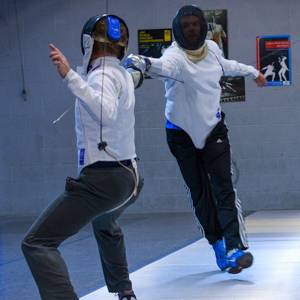Located at 500 N. Walnut Street in Downtown Champaign, The Point Fencing Club is an unassuming little place residing next to a furniture store, and the entrance could easily be overlooked if you aren’t paying attention. If you follow the signs painted with a stylized fencing foil (a specialized type of fencing sword), however, you’ll be venturing into a new, interesting, and very welcoming world where you actually get to (safely) fight against other people with swords. It’s not every day you get the have that experience.

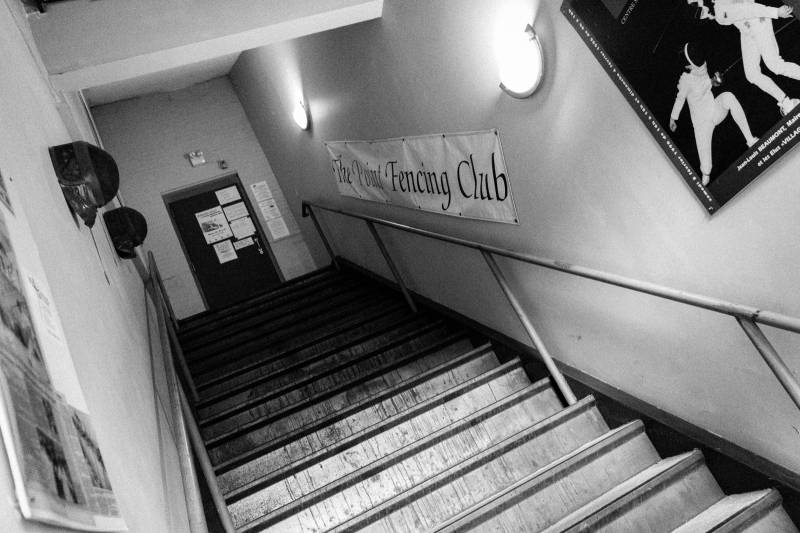
Co-founded by club president and owner Michael Vitoux along with Rebecca Schneider, The Point is “a non-profit organization dedicated to the sport of fencing” as stated on their website. And they are very dedicated indeed.
Below, club president and co-founder Michael Vitoux.
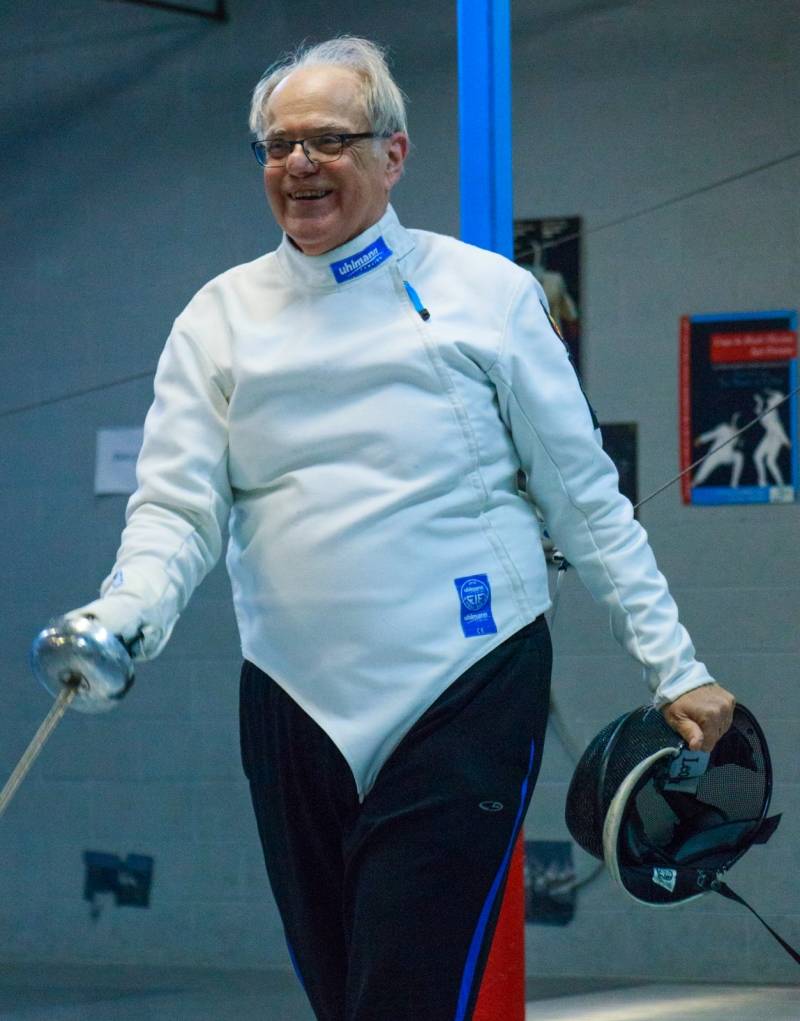
Visiting with Vitoux, I received a tour that started with their practice room full of blue pistes (pronounced “peest”; the strip-like playing fields on the ground) and flags from various countries. It turns out that the flags aren’t just for decoration; when someone that hails from another country joins the club, their country’s flag is added to the wall. While there were some easily-identifiable flags such as the United States, Canada, and Germany, there were also some lesser known flags such as Singapore and Venezuela.
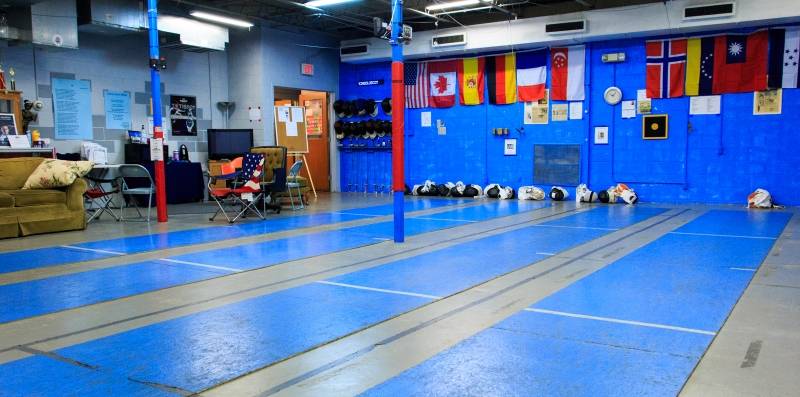
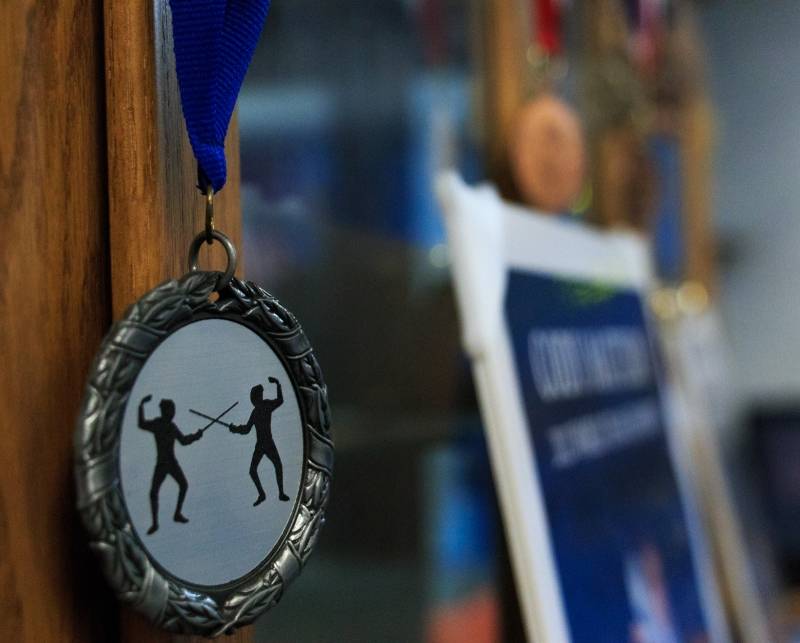
Moving from the practice room, a short hallway leads to several rooms where club members can store their gear in between visits. Considering that most members seemed to have multiples of everything (shoes, swords, clothing, more swords, masks, still more swords), it’s a great perk to be able to have the security of leaving your equipment where you’ll be needing it and not have to worry about carrying it back and forth to your car. As another bonus for members, the club houses a small armory room where damaged equipment goes for repair; it’s truly a self-sufficient place. Finally we entered the competition room, where the real action happens.
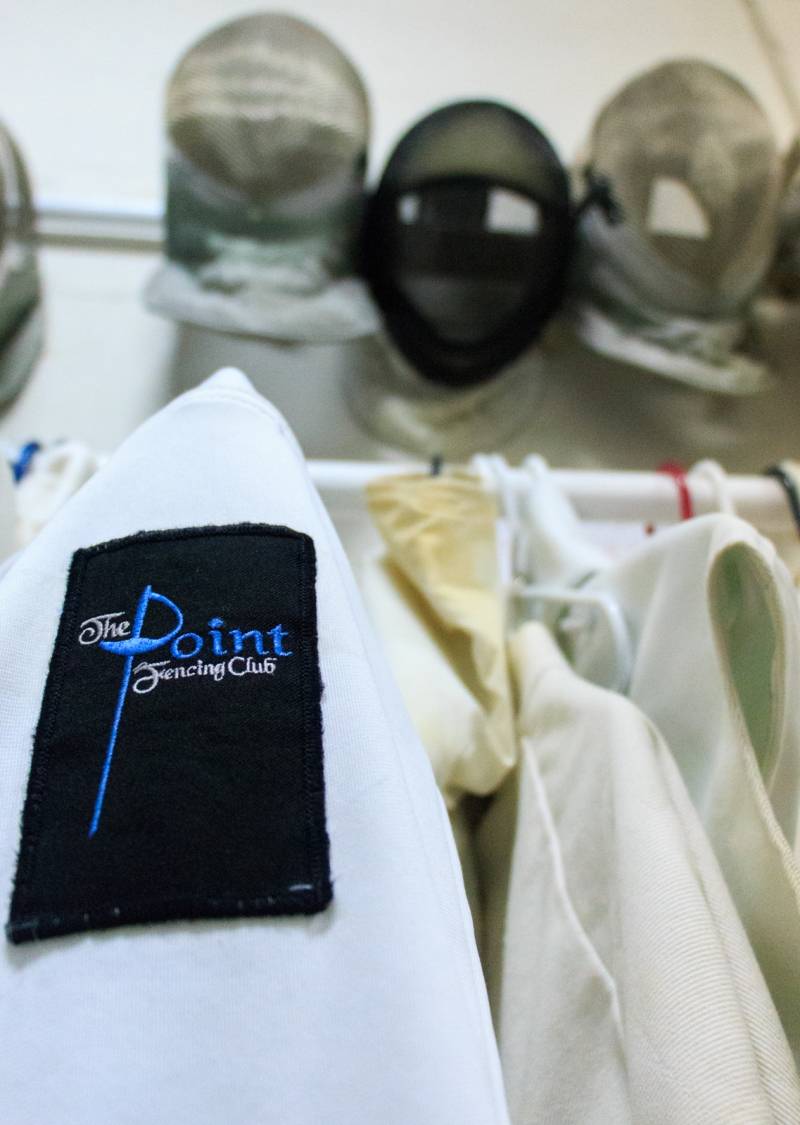
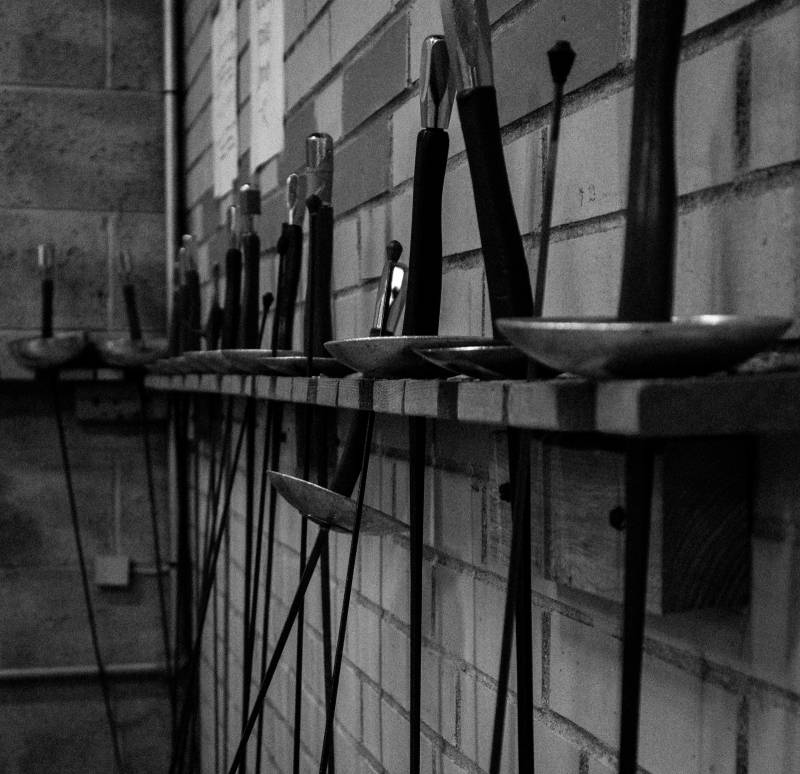
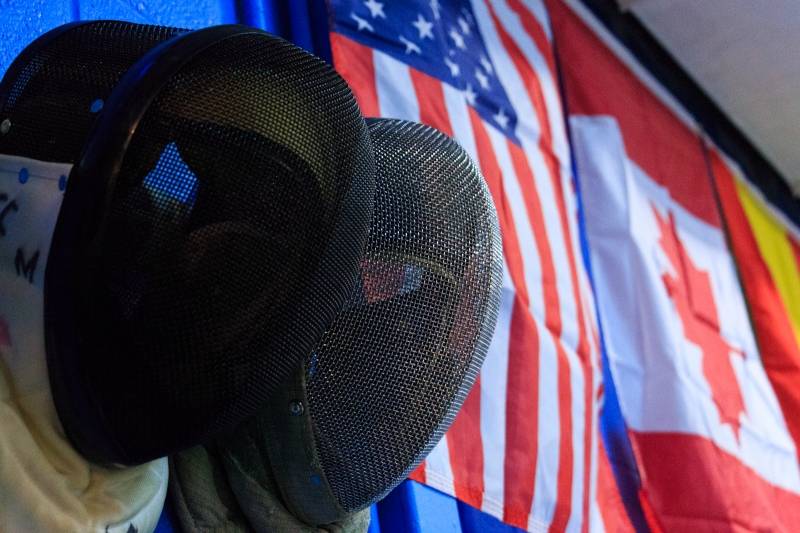
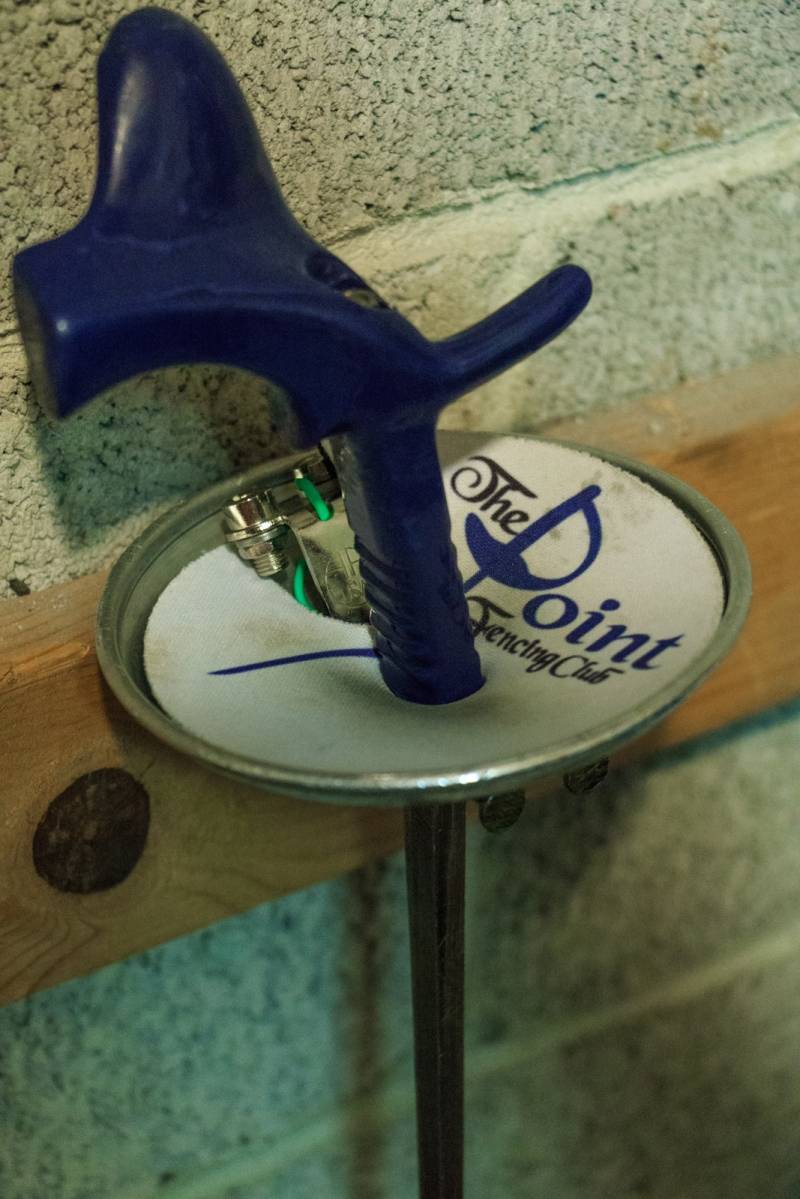
Complete with two regulation-sized pistes and all of the electronics required to track a match. I was treated to a show of skill and finesse as pairs of fencers faced off against each other in back-and-forth chess matches of athletic prowess. Vitoux and other members kindly took the time to explain to me the intricacies of the competition, aided by modern electronics, which involvse far more than simply trying to slash or stab at your opponent. In fact, there are three types of fencing: foil, épée (pronounced as “ep-AY”, as in “day”), and sabre. Each has its own set of rules, with foil fencing including a special rules set that helps even the odds between opponents of different size and ages. After watching and listening for a short time, Vitoux asked the question I’d been waiting for: Would I like to try it for myself? Ab-so-lutely!
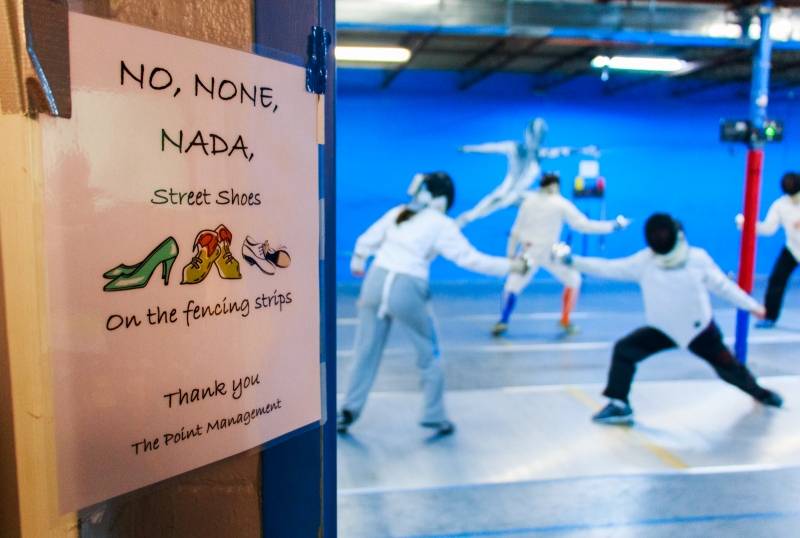
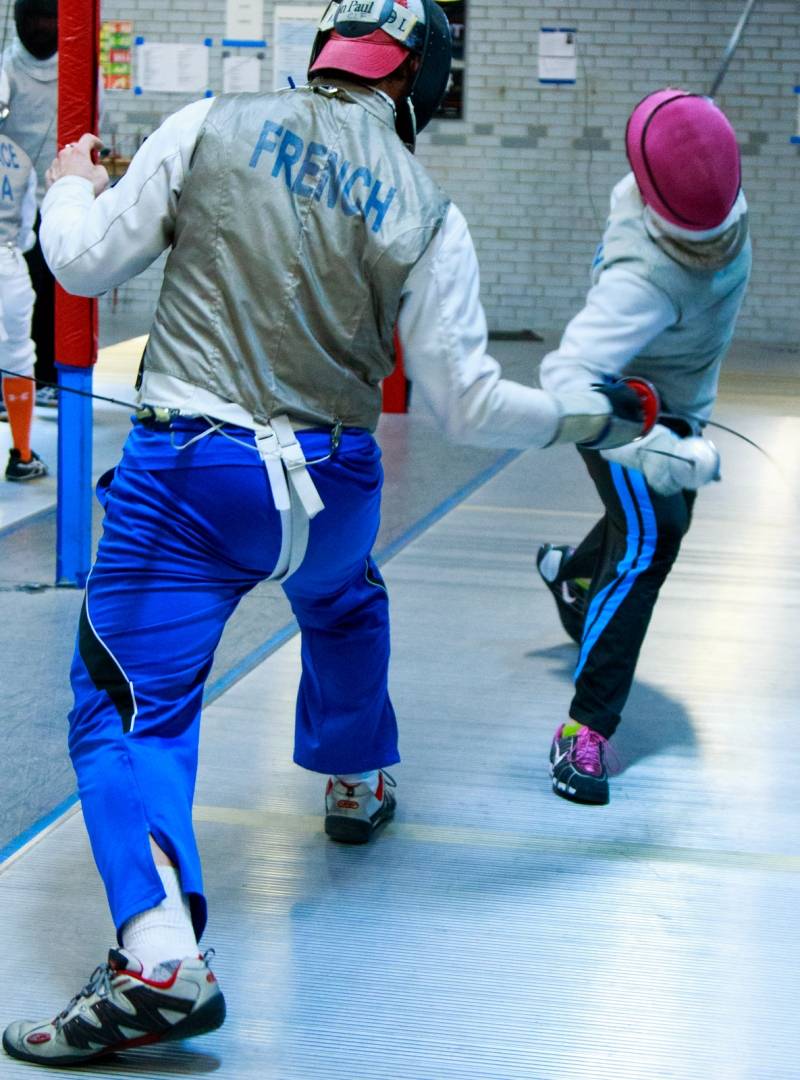
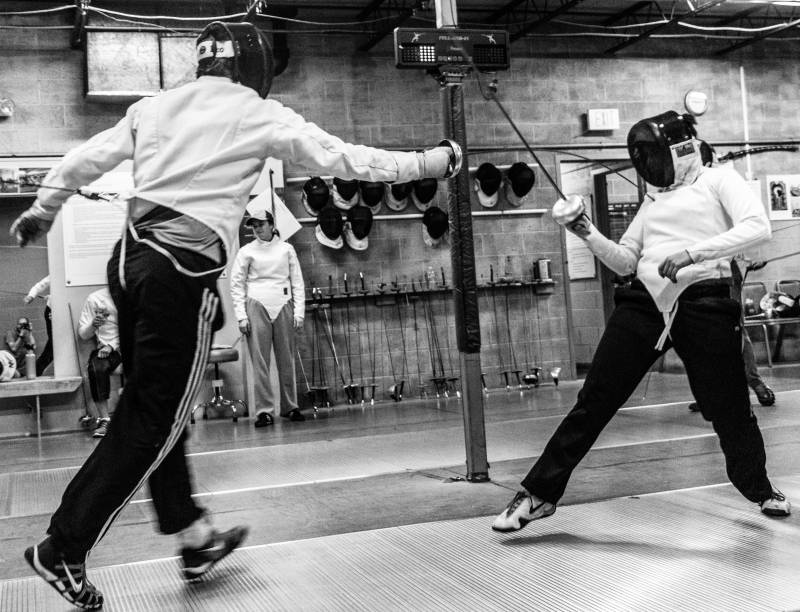
Vitoux helped me get into my protective gear: half jacket (literally a half of a jacket, in my case the right half) to protect my armpit, electronic cable to hook my sword into the scoring system, full jacket to protect my upper body and torso, a vest lined with flexible metal that registers an opponent’s hits, a glove for my fencing hand, and a mask. While a bit awkward to get into, and definitely on the warm side, nothing was restrictive and I was very surprised at how well I could see through the fencing mask (it was similar to looking through a window screen). I was handed a fencing foil, then shown the basics of how to move, attack, and defend. Crash course training complete, I was next hooked into the electronic scoring system which combines data from a sensor at the tip of the sword with data from strikes against the vest to determine who scored a hit. I was ready to go, but while I was getting dressed my original opponent had been changed… I was now to face off against Maddie Wallace, president of the Fencing Illini team.
Below, Maddie Wallace, president of the Fencing Illini.
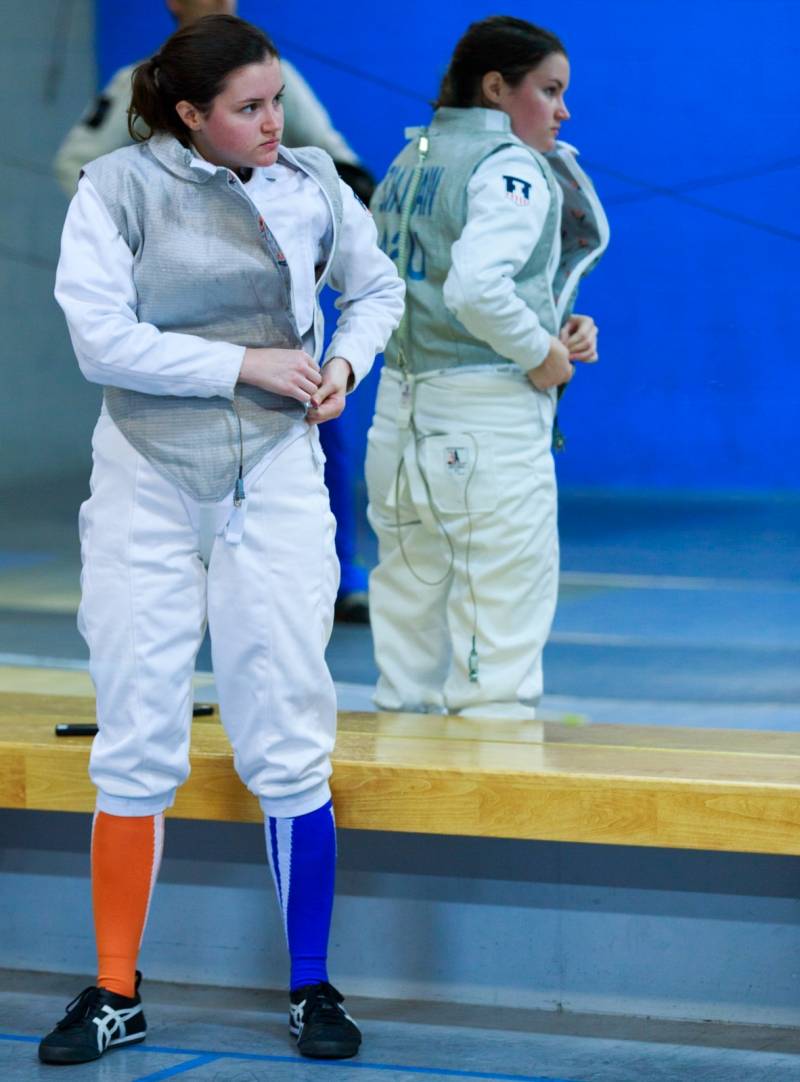
I’d love to say that my martial arts weapons experience from my teenage years helped me turn the tide and present a victory to the stunned surprise of all onlookers… but that definitely did not happen. After saluting each other and the referee, Wallace and I both played fairly defensively, trading some fun and sometimes chaotic (at least on my end) exchanges that usually ended in a beep from the scoring system as she scored a hit and left me wondering what had even happened — those swords move fast.
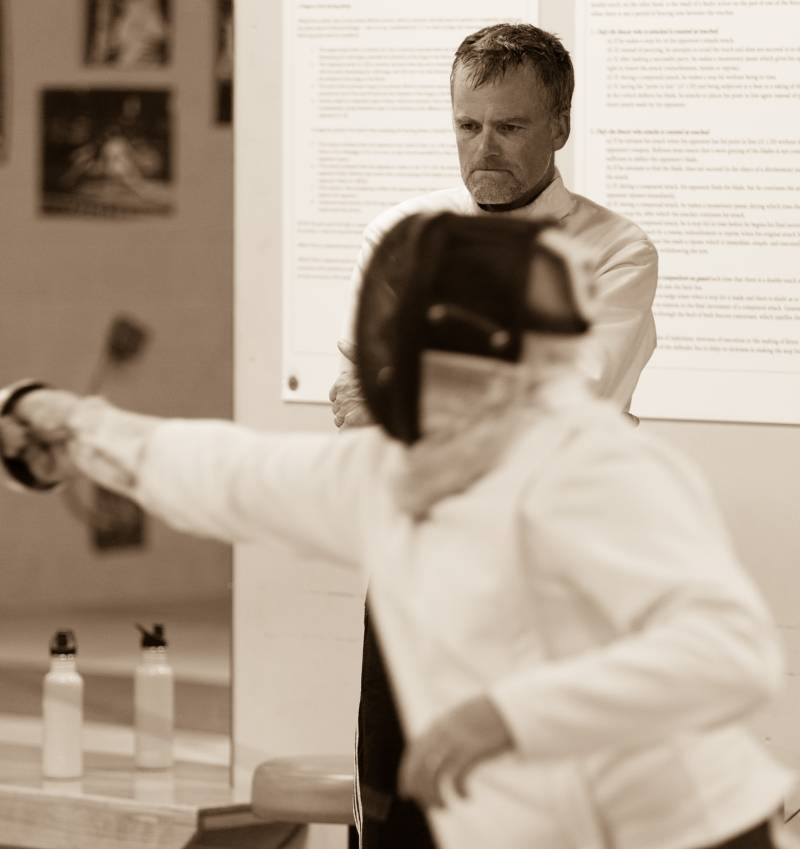
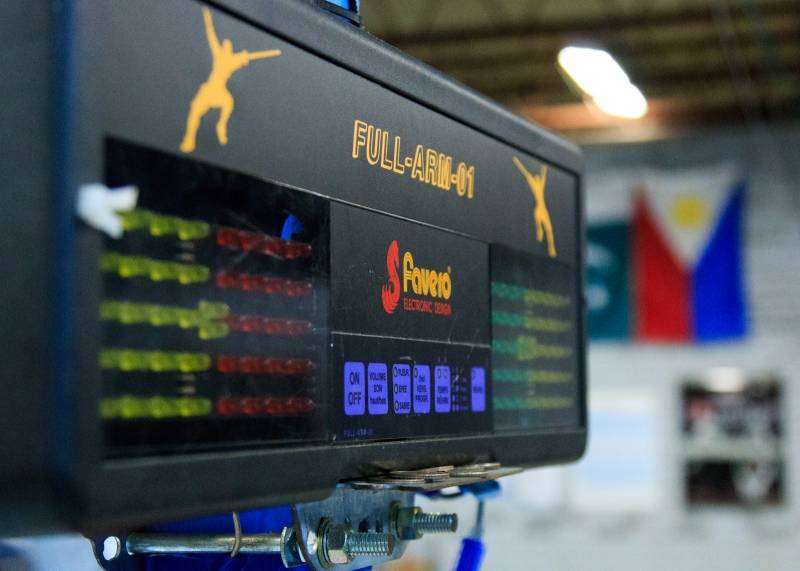
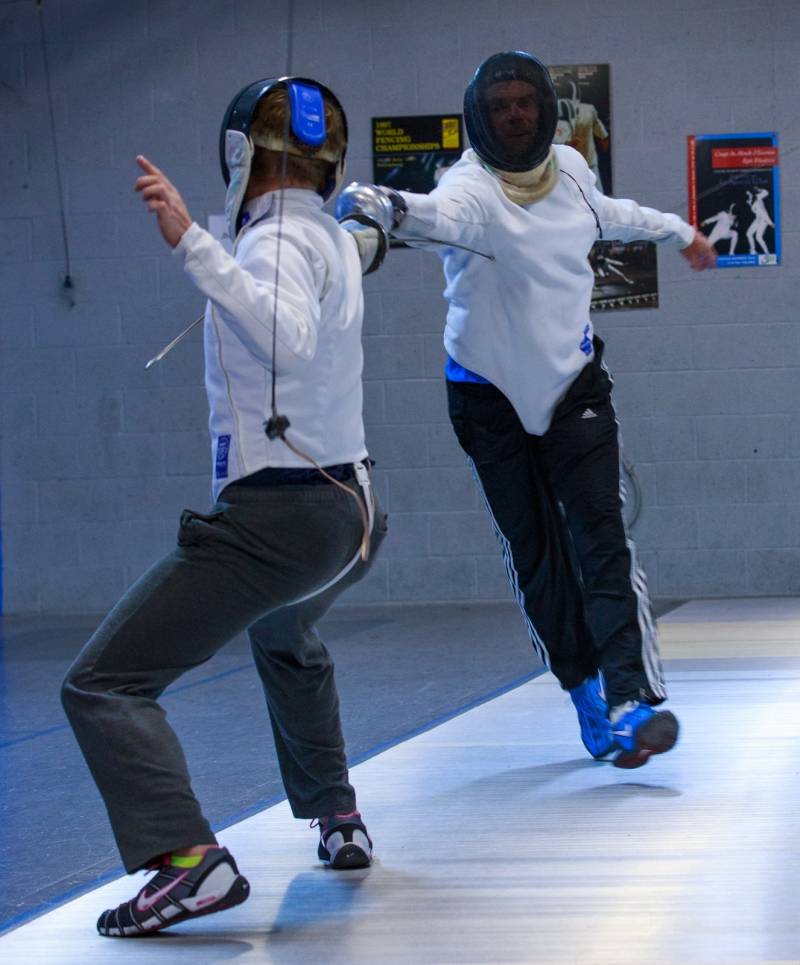
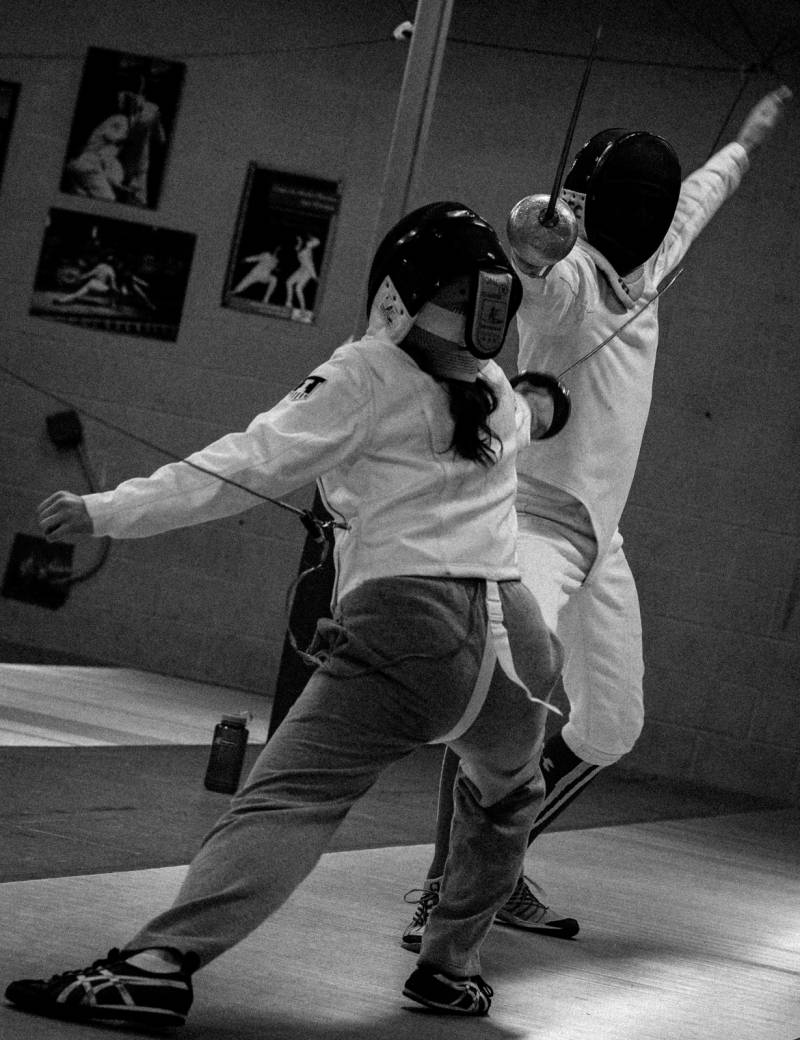
There was a lot of back and forth movement as we attacked and parried, and the (very) few times that I did score reinforced that foil fencing is as much about accuracy and control as it is about about speed and strategy. Also body conditioning. My legs felt like jelly when the match was over and I was quite ready for a breather, so if you’re looking for a great lower body and cardio workout fencing just might be for you. The final score was 5-2, with a resounding victory for Wallace (thanks for taking it easy on me, Maddie!). We saluted again and shook hands, which is a requirement that if forgotten or ignored automatically disqualifies a fencer from the remainder of any competition they’re participating in. “This was a way of ensuring that fencers always treated each other with honor and respect in the old days, no matter what the differences in country politics at the time might be,” explained Vitoux.
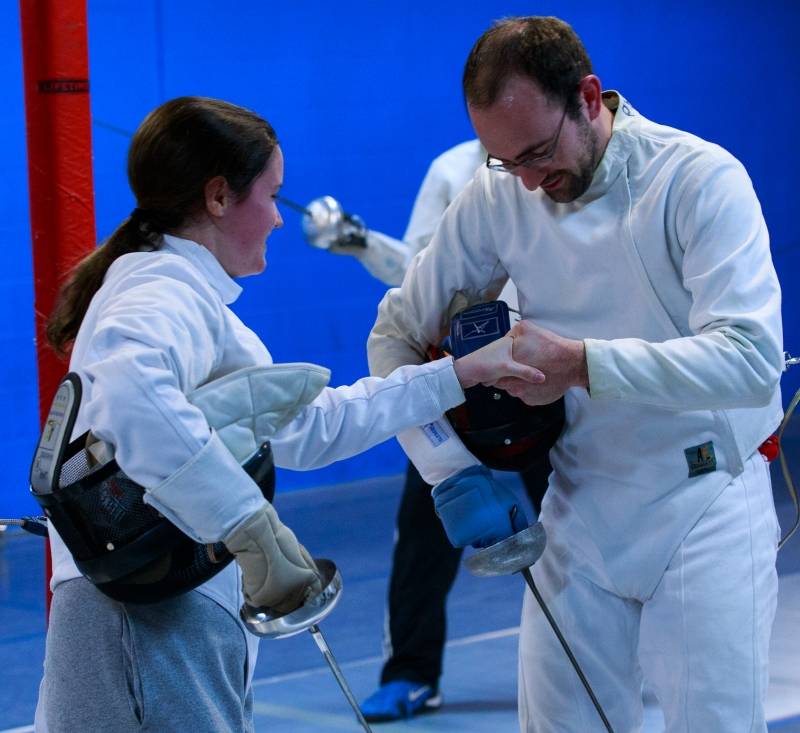
After removing my gear and wiping off the sweat from my forehead, I went back to watching the experts and tried to learn more about the sport itself. “Unlike basketball or baseball, fencing is a sport for everybody,” says Vitoux. “If young athletes get into the other sports late, their competition — even beginners — typically already has some level of experience and that makes it hard to advance. With fencing, beginners usually have no experience whatsoever, so everyone is learning for the first time at the same time.”
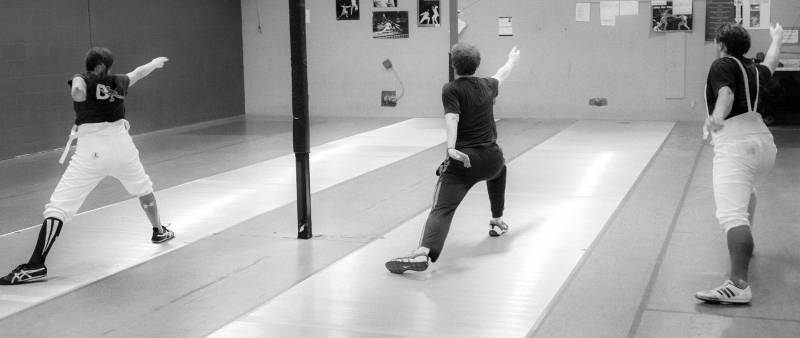
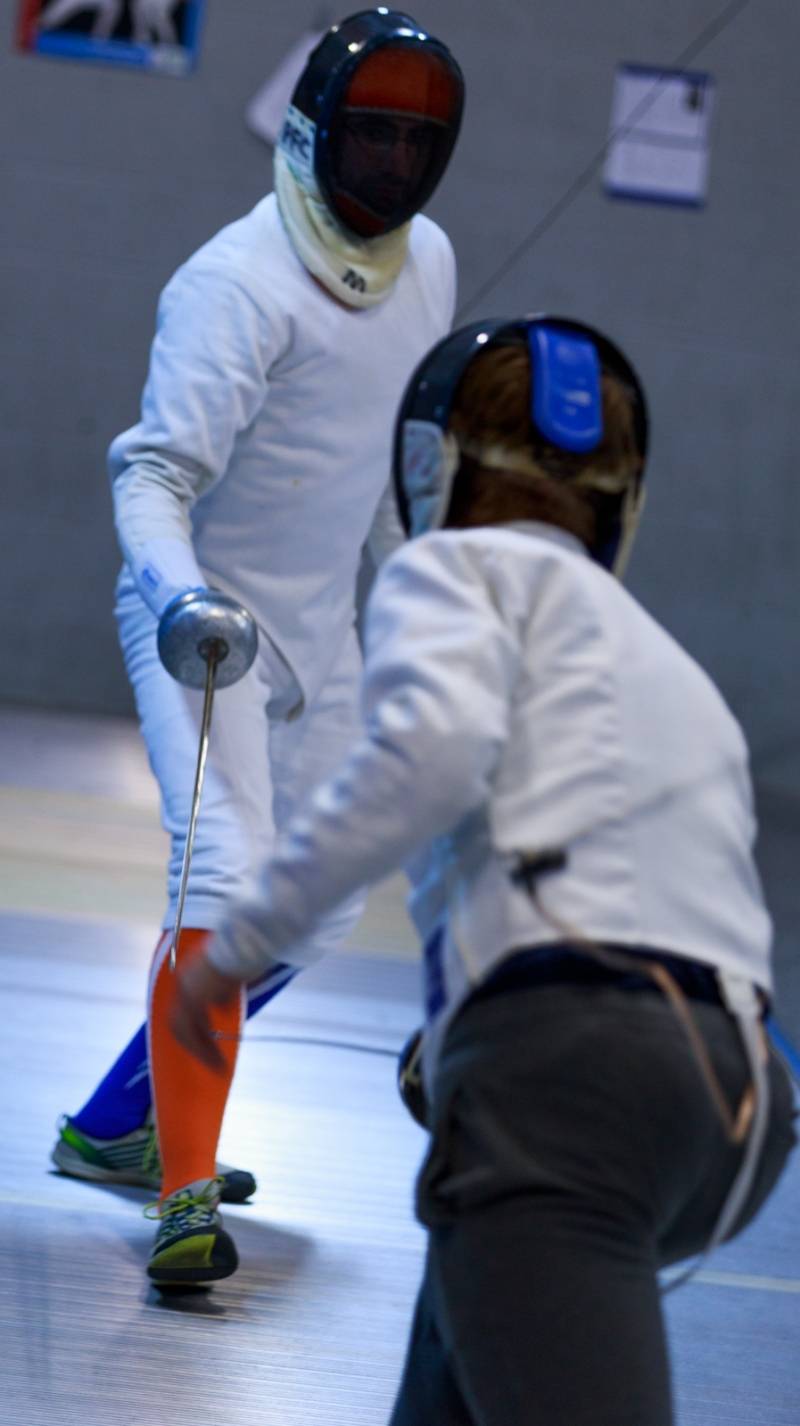
Aside from the cardio workout I mentioned earlier, fencing is also a sport that can be used to enhance the performance of athletes that choose to follow other disciplines for their mainstay. Needing to increase his foot speed and focus on defensive skills for the NBA, Dirk Nowitzki of the Dallas Mavericks trained in fencing with a champion from Germany. If those reasons still leave you with any question about at least giving it a try, here’s another one: safety. As stated by Vitoux, “Fencing is the safest sport in the Olympics. Every time there’s been an injury, new equipment is introduced or upgraded to make it safer.”
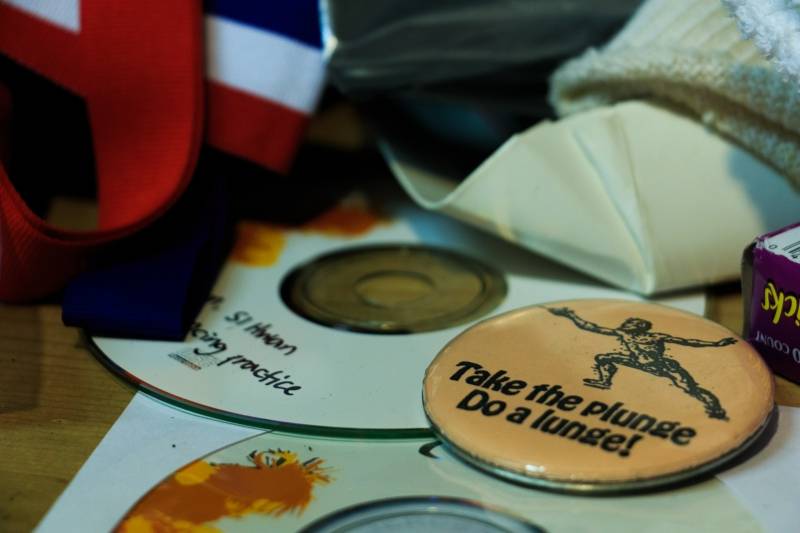
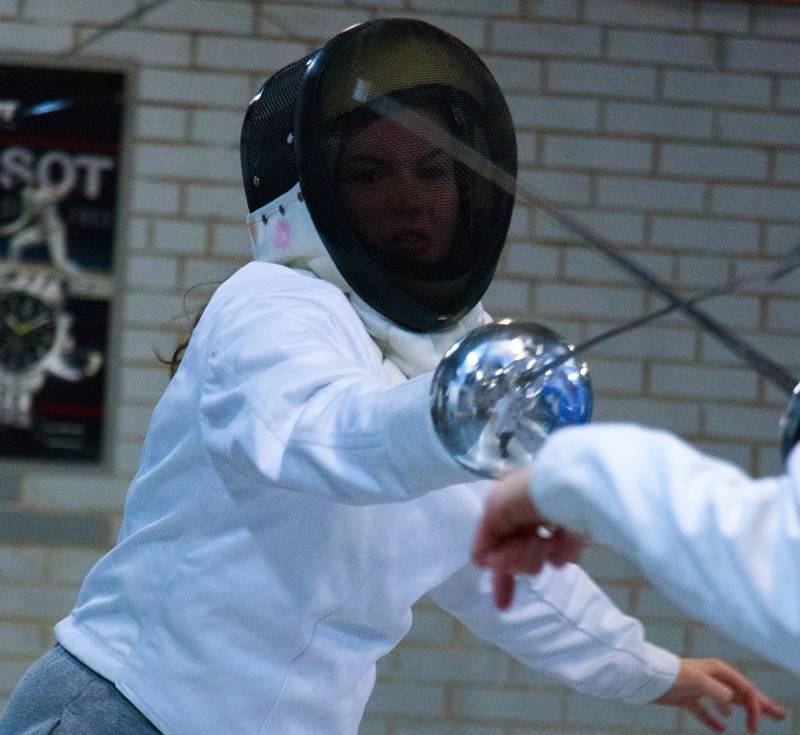
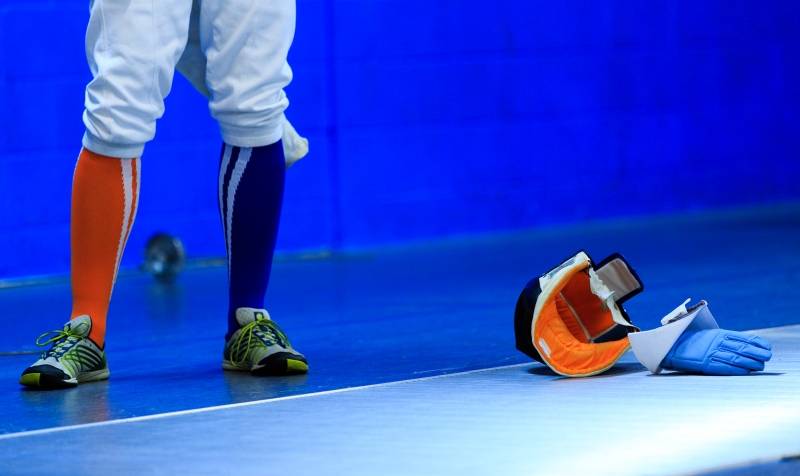
My visit to The Point was, to use a cliché , both fun and educational. Not only did I learn more about fencing in a short visit than I could have imagined, getting to try it out first hand was a unique opportunity that left me wishing I had more free time in my schedule for another hobby. I definitely recommend that you check it out yourself if you have even a hint of interest.
The Point Fencing Club offers instructional camps for all ages and skill levels, and you can find out more information by checking out their website here. I can’t state enough how extremely welcoming the members and staff are, and even if you try it once and decide that it’s not for you, you’ll still be able to tell your friends that you legitimately once fought with real swords against real people… and how many of you can state that with truth on any given day?








